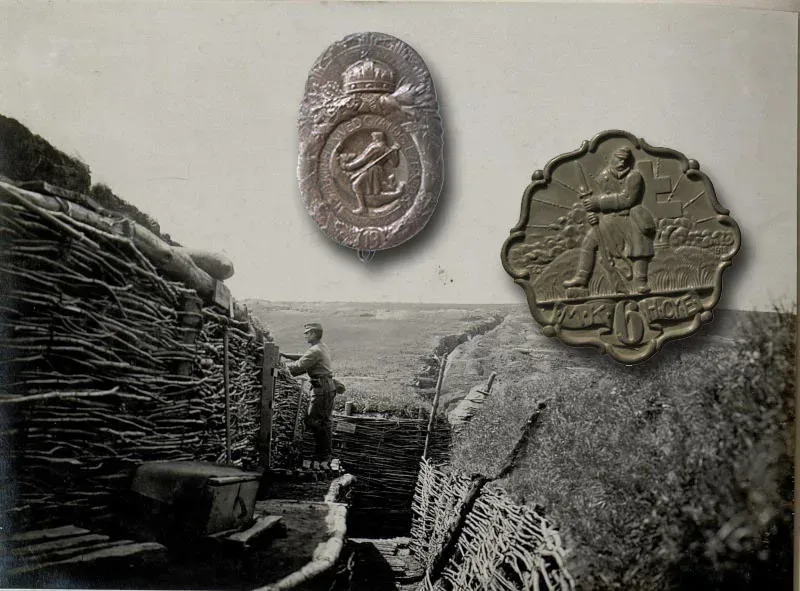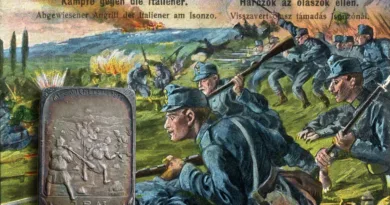September 1915
The offensive of the Central Powers, launched in May 1915, was exhausted by August. The Russian armies deployed in Russian-Poland were eventually not embraced and captured by German and Austro-Hungarian troops. In September, Russia’s defensive positions were strengthened, and the opponent was able to create more favorable defensive positions with counterattacks. The alternating successes of combat in September formed the front line that, despite Russian attempts in January, survived until June 1916, until the Brusilov offensive. The month of September is therefore about the struggles between the two opposing parties with significant losses in order to strengthen the lines of defense.

During one such incident, regiments of the 40th Honved Division suffered heavy casualties. The division was assigned from reserve to the front line on 13 September on the north-eastern front of Galicia, south of the Pripyat, as part of the Surmay corps. The 6th and 19th infantry regiments were sent in the front line. Commanders of the 19th Infantry Regiment occupying the first line found positions in a place unsuitable for defense, without any significant defense barrier. The time of the staff change was used by the Russians for a night attack. The troops freshly arriving in the defensive zone did not have time to reinforce the positions, just as the telephone lines were set up when the attack began. Two companies of the 6th Infantry Regiment were crushed and, in a change of direction, an attempt was made to highlight the 19th Honved companies in neighboring positions. In this situation, thanks to the telephone lines already in operation, it was possible to mobilize regiment and division reserves and block the attack. Nevertheless, only the loss of the 19s reached 500 people that night. 400 Russian prisoners of war were taken simultaneously.

However, jobs retained in loss-making defensive battles like the one above had to be given up when the Russian counterattack also threw the entire Joseph Ferdinand army group further to the north from the Ikwa creek to the Styr line. The Russians who crossed the Ikwa River were pushed back to the north bank of the river in late September. Thus, the line of Division 40 also remained on the south bank of the river. For almost a day, however, the 29th KuK. Infantry Regiment was attacked by a similar attack on another, more northern section of the fron at Gontow. The regiment, which was preparing for another attack, was attacked sideways and back on September 13 by a Russian force that had broken through at the neighboring battalion. According to the records of the regimental history, the regiment lost 9 officers and 1,000 people on this day, mostly prisoners of war.
I have attached the Kappenabzeichen of the two infantry regiments who took part in the event described at the beginning of the post. The 19er badge bears the inscription Volhynia on one of the ribbons holding the wreath together, which refers to this front section. The photo used as a background image shows a detail of the positions of the 6th Honved Infantry Regiment later built in this front section.




